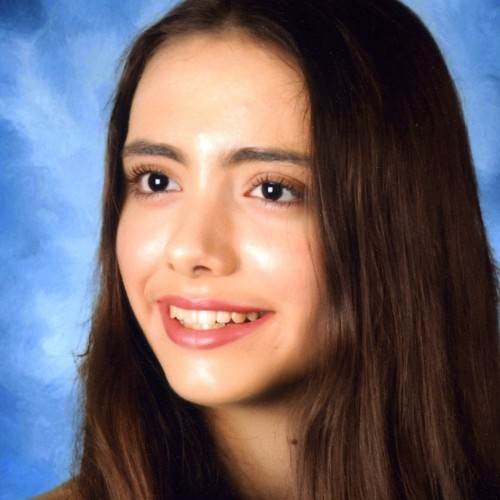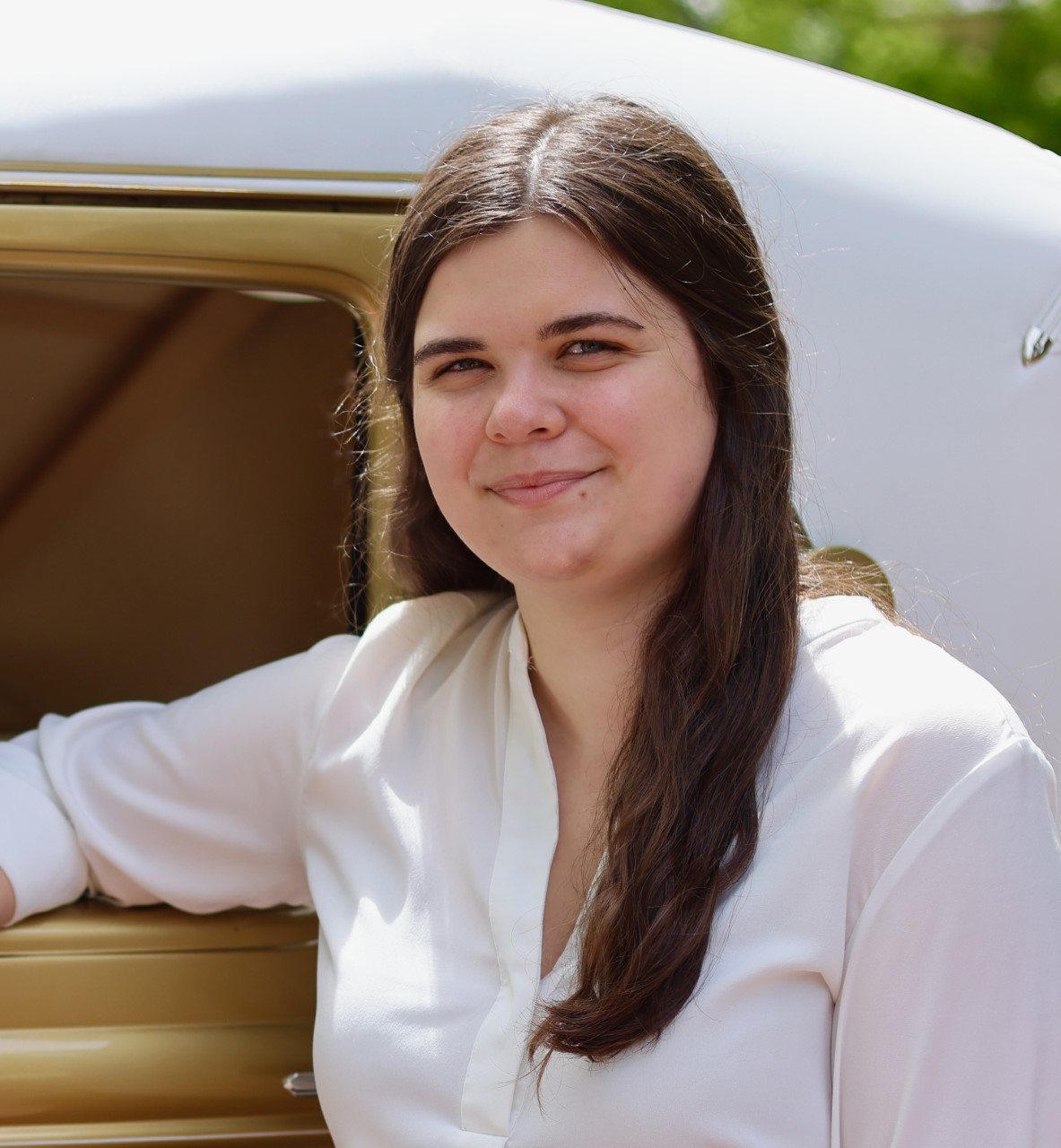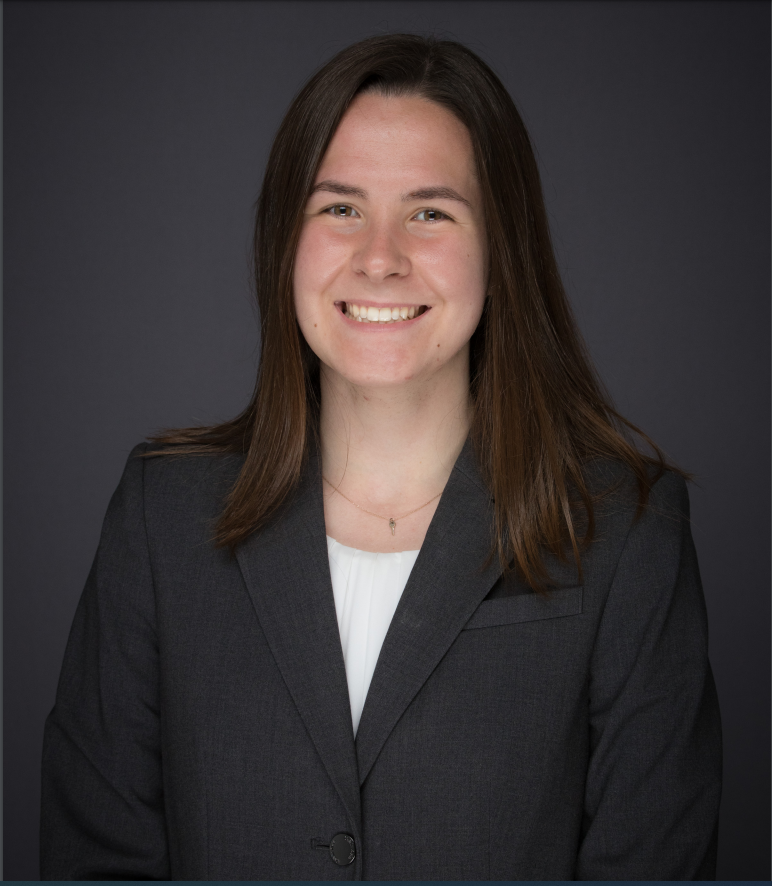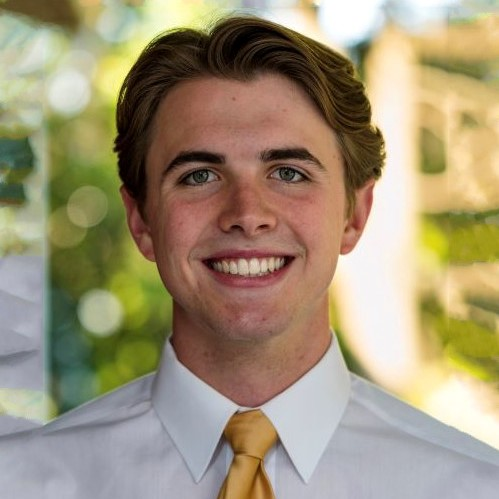June 25, 2021

Taylor Kate Boyett
"Design Exploration of a Slotted Airfoil Concept at Low-Speed, High-Lift Conditions"
During my internship at the National Aeronautics and Space Administration (NASA) Langley Research Center, I was able to work with a small team of engineers in the Configuration Aerodynamics Branch. The focus of my internship was exploring, understanding, and analyzing a slotted airfoil using a suite of Computational Fluid Dynamics tools. My main objective was to identify, based on the lift coefficient and pressure distribution data, the optimum configuration of leading- and trailing-edge devices for the slotted airfoil at low-speed, high-lift conditions. This was accomplished by reviewing technical papers on the subject, becoming familiar with the software, and performing parametric studies using the CDISC design software to make changes to the shape of the airfoil. Once completed, I used the data and information collected to identify a set of design rules that would consistently yield the optimum performance. These findings were then compiled into a presentation to be shown at the conclusion of my internship.

Sabina Maranto
The purpose of this study was to validate the Gravity Offset Compensator Model which adjusts for the floor level gradients along the ASTROS test platform site. The Gravity Offset Compensator Model was developed by previous researcher Kunal Gangolli. It had not been fully implemented into Simulink or fully validated with experimental data for comparison with the model. This research implements the gravity model into the controls and simulated models of highly sensitive robotic systems COSMOS and ASTROS. Several experimental validation methods were used to test the gravity model. Two free-floating experiments were created to test simulated controls against real-world data. However, neither of these methods were sufficient for validation. For the smaller robot COSMOS, deep scratches in the floor, which were not modeled by the gravity model, forced the robot to move in unpredicted ways which did not enable the researcher to determine the validity of the gravity model. For the larger robot ASTROS less influenced by the floor scratches, the implementation of the gravity model could not have been completed in time due to hardware issues. Instead, the researcher prepared a future validation experiment for when ASTROS is ready.
July 9, 2021

Dillon Smith
"Development of a Turbulent Supercritical Fluid Combustor"
Combustion relies on thermodynamic reactions in order to convert chemical energy into thermal energy for the purpose of generating power. Combustion reactions are engineered to be as efficient as possible by operating under optimal conditions, one of which is to utilize a high pressure. However, as pressure is increased to approach a supercritical state, fluctuations in reaction rates and the thermodynamic properties of fluids undergoing turbulent combustion occur at an increased frequency and on an increasingly smaller scale. Current combustion modeling techniques may not provide an accurate depiction of the impact on performance and efficiency caused by these fluctuations at a high pressure. This prompts the need for new and precise measurements to be taken of turbulent combustion at a supercritical state in order to create a unique data set to be used for benchmarking and model development. This presentation will detail the design and development of a combustor in order to operate under high pressures for the purpose of collecting data using the Raman scattering technique.

Mackenzie Glaser
"Fixturing and Assembly of the Lunar Flashlight Propulsion System"
Lunar Flashlight is a JPL cubesat that will scan the lunar surface for water ice and other volatiles. To achieve lunar orbit, the satellite will utilize a green monopropellant propulsion system developed by the GT Space Systems Design Lab and NASA MSFC. The design, manufacturing, and assembly of the propulsion system were all done here at SSDL. Due to the unique geometry of some of the additively manufactured parts, a successful assembly required many different integration fixtures to be developed, and the Aero Make Space facilities allowed for the team to utilize 3D printing techniques to efficiently develop and manufacture these fixtures. This presentation will discuss the assembly of the system, including how rapid additive manufacturing capabilities aided in a smooth assembly process, and highlight lessons learned for future spacecraft and propulsion system assembly at GT.
July 23, 2021

Adrienne Dorr
"Improving Human Interaction in the Rotorcraft Simulation Lab"
The Rotorcraft Simulation Lab on campus focuses primarily on pilot-in-the-loop testing which allows for rapid evaluation of various control systems and provides a stress-free environment for pilots to conduct potentially hazardous testing. One of the more difficult procedures performed by a rotorcraft is a shipboard landing due to the high levels of pilot workload associated with the complex operation. The current simulator queueing system lacks key sensory factors such as sounds, vibrations, and visual details which could significantly enhance the accuracy of the data recorded. Microsoft Flight Simulation software and associated modeling-based programs were evaluated in an effort to improve the visual details. Additionally, testing was conducted with the current simulation software, Unigen, to introduce sounds and vibrations into the simulator. This presentation will discuss several of the difficulties in providing an accurate simulation environment and steps that can be taken to improve the human factors aspect of the Rotorcraft Simulation Lab.

Paul Carter
"GPS Receiver Module Acceptance Testing for the GT-2 CubeSat Mission"
GT-2 is a CubeSat currently being developed by an undergraduate-led team in the Space Systems Design Laboratory. The goal of the GT-2 mission is to improve on the design of its predecessor and thus provide more capability to future missions utilizing the GT-X series satellite bus. One key improvement will come through the addition of a GPS receiver to the spacecraft. The GPS receiver will provide valuable positioning information to the satellite's developing ADC subsystem and potentially to future payloads. This presentation will focus on the acceptance testing process for GT-2’s Pumpkin GPS Receiver Module. Receiver testing was performed using a GNSS constellation simulator, which enabled verification of the receiver’s ability to make accurate position solutions at orbital speeds and altitudes in a lab setting. Additional testing was performed to ensure that the receiver was compatible with the CubeSat’s space-grade L1 band antenna and that position fixes could be achieved from non-simulated GPS signals. The presentation will also detail lessons learned from this testing process as well as future work involving the GT-2 GPS receiver module.